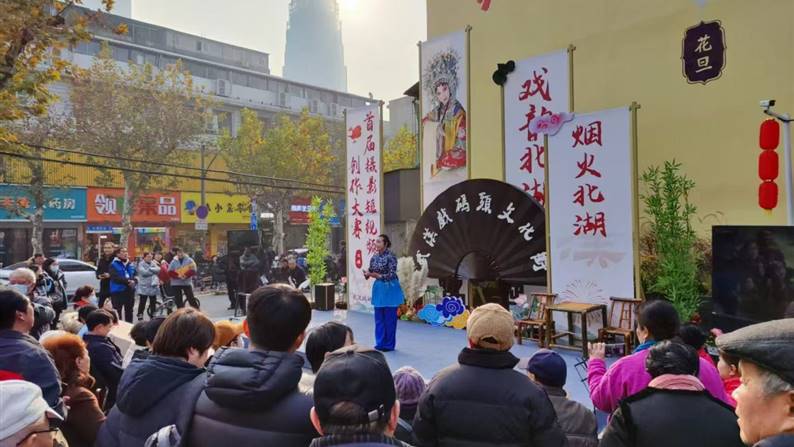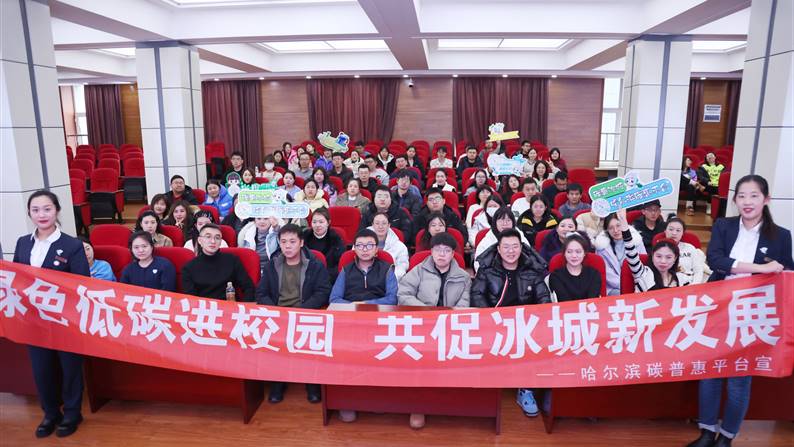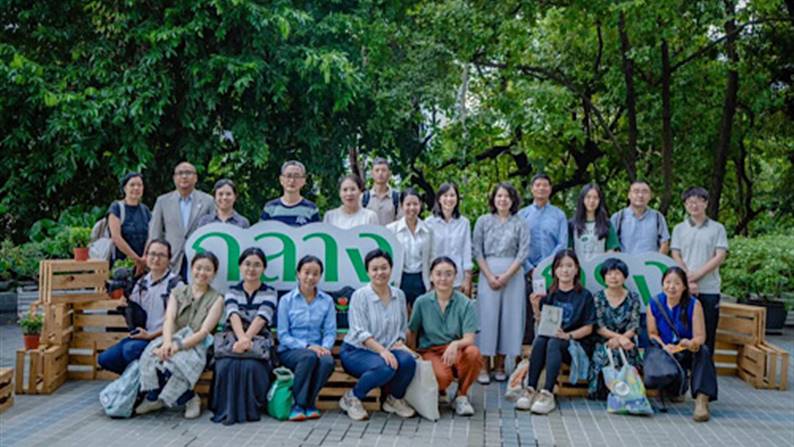

Jinko Power, China's distributed photovoltaic leader, recently announced that the Ji-Qinghai high-speed railway "high-speed rail + photovoltaic" development project invested and built by the company has fully entered the implementation stage, and is expected to be formally connected to the grid before June 30, 2018. At the same time, this project is also the first exploratory and innovative "high-speed rail + photovoltaic" development project created by Jinko Power since the implementation of photovoltaic cross-border integration development strategy, and is expected to become a model project of "high-speed rail + photovoltaic" integration development mode in China.
The new high-speed railway from Jinan to Qingdao is the first high-speed railway with local investment and construction as the main part of the national "eight longitudinal and eight horizontal" high-speed railway network. It is 307.9 kilometers long and has a total investment of 58.229 billion yuan. At present, the construction of the project is progressing smoothly and is fully advancing according to the target of opening to traffic by the end of 2018. On the premise of ensuring the safe operation of the project land and high-speed railway, Ji-Qing High-speed Railway Co., LTD., after extensive investigation and full demonstration, finally chose to sign a contract with Jinko Power on December 11 and December 21 for the photovoltaic power generation project of the station house canopy and the offline photovoltaic power generation project respectively.
It is
understood that the "high-speed rail + photovoltaic" project includes
two major parts: station canopy photovoltaic power generation and photovoltaic
power generation under the line. Among them, the station canopy photovoltaic
power generation project is to build photovoltaic facilities on the rain canopy
of Jinan East Railway Station, Zibo North Station, Weifang North Station and
Hongdao Station. The installed capacity of the project is about 10 megawatts,
the pavement area is about 120000 square meters, and the total investment is
expected to be 100 million yuan. The photovoltaic power generation project
under the line is to make full use of the south side of the fence, slope
protection, reserved land and other idle space along the Ji-Qing high-speed
railway to install photovoltaic equipment, with a total installed capacity of
34 megawatts and a total investment of 350 million yuan. When fully completed,
the project will achieve an average annual power generation of 45 million
kilowatt hours, equivalent to about 22000 households or 88000 people. Compared
with thermal power generation, it is expected to save 15000 tons of standard
coal and reduce carbon dioxide emissions by 39000 tons per year.
Based on the service life of 20 years, the cumulative income is about 760 million yuan.
In recent years, as the leader of domestic distributed photovoltaic, Jingko Power continues to increase the code of distributed power station investment and development by virtue of the project development comprehensive capabilities such as power station life, long-term power generation, maintenance demand rate and power station failure rate, which is in the leading level in the logistics industry, refrigeration industry, food processing industry, manufacturing and other industries to further promote the photovoltaic integration development strategy. Hundreds of roof power generation projects have been built in Jiangsu, Zhejiang, Jiangxi, Shandong, Hebei, Shanghai and other provinces and cities.
Qiao Junping, CEO of Jingko Power, said, "High-speed rail and photovoltaic are both important strategic emerging industries in China. This time, the Ji-Qing high-speed rail + photovoltaic power generation project jointly built with Ji-Qing High-speed Railway Co., Ltd. is the country's first 'high-speed rail + photovoltaic' project, which has good economic and social benefits and important demonstration effects. With the smooth implementation of the "high-speed rail and photovoltaic" project of Ji-Qing high-speed railway, we will also take the project as a model to explore a new path for the cross-border integration of photovoltaic development suitable for the national railway system while bringing green and clean power to the National Railway Administration, adding a beautiful color to the green, intelligent, low-carbon and economic high-speed railway project. "
近日,国内分布式光伏领跑者晶科电力宣布,由该公司投资建造的济青高铁“高铁+光伏”开发项目已全面进入实施阶段,预计2018年6月30日前可正式并网发电。同时,该项目也是晶科电力实施光伏跨界融合发展战略以来打造的国内首个探索性、创新性“高铁+光伏”开发项目,并有望成为国内“高铁+光伏”融合发展模式的样板工程。
新建济南至青岛高速铁路是我国第一条以地方为主投资建设的高铁,是国家“八纵八横”快速铁路网的重要组成部分,全长307.9公里,总投资582.29亿元,目前项目建设进展顺利,正按照2018年底通车的目标全力推进。济青高速铁路有限公司在保障工程用地和高铁安全运行的前提下,经过广泛调研,充分论证,最终选择与晶科电力于12月11日、12月21日先后签约站房雨棚光伏发电项目和线下光伏发电项目。
据了解,此次“高铁+光伏”项目包括站房雨棚光伏发电和沿线线下光伏发电两大部分,其中站房雨棚光伏发电项目是在济南东客站、淄博北站、潍坊北站、红岛站4个站房雨棚上建设光伏发电设施,项目装机容量约计10兆瓦,铺装面积约为12万平方米,预计总投资1亿元;沿线线下光伏发电项目是充分利用济青高铁沿线栅栏内南侧及护坡、预留地等闲置空间安装光伏发电设备,总装机容量34兆瓦,总投资3.5亿元。该项目全面建成后,将实现4500万千瓦时的年均发电量,大约相当于2.2万户家庭或8.8万人的全年生活用电。与火力发电相比,预计每年可节约标准煤1.5万吨,减少二氧化碳排放3.9万吨。以二十年使用年限计算,累计创造收益约7.6亿元。
近年来,作为国内分布式光伏的领跑者,晶科电力凭借在业内处于领先水平的电站寿命、长期发电量、电站维护需求率、电站故障率等项目开发综合能力持续加码分布式电站投资开发,并在物流业、制冷业、食品加工业、制造业等多行业进行了光伏融合发展战略的深度推进。在江苏、浙江、江西、山东、河北、上海等省市建设了上百座工厂屋顶发电项目。

打造绿色低碳街区,奏响幸福美好生活最强音
10-18 · 来源:湖北省武汉市江汉区北湖街道环保社区 · 作者:湖北省武汉市江汉区北湖街道环保社区

“碳惠冰城”:东北首个市级平台的“双碳”实践与冰城示范
10-15 · 来源:哈尔滨产权交易所有限责任公司 · 作者:哈尔滨产权交易所有限责任公司

亚洲气候治理新篇章:中国公益代表团参访曼谷气候周,探索跨区域合作新路径
10-10 · 来源:公益时报 · 作者:公益时报